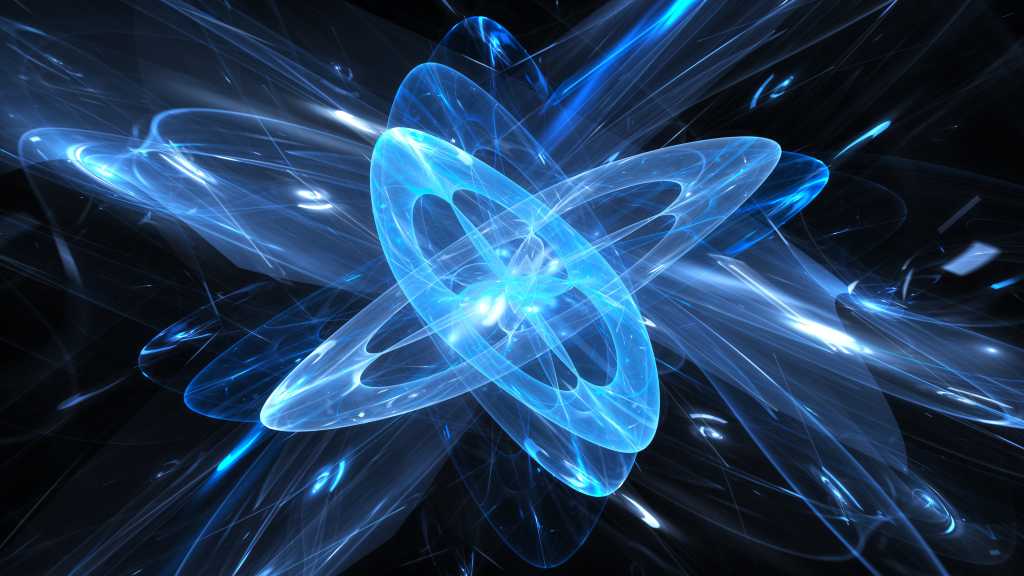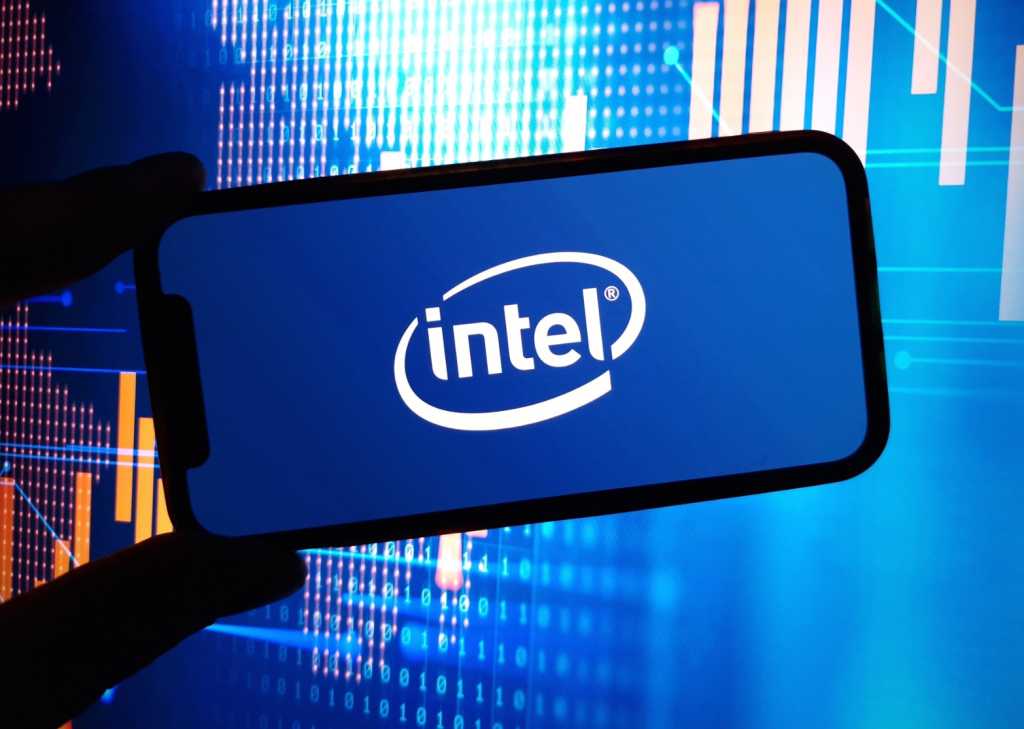
Brad Meissner is director of product management at Generac.
Global energy demand is on the rise and will continue to experience significant growth — particularly electricity use, which is expected to grow at an annual rate of around 4%, according to the International Energy Agency.
As this trend persists, driven by factors like the electrification of transportation and the rising demand for data centers, microgrids are emerging as essential solutions to address the challenges of modern energy systems. These decentralized systems self-generate, store and distribute power intelligently, alleviating strain on traditional grids. However, while the potential of microgrids is vast, they are still largely fragmented and custom-designed, limiting scalability. The integration of artificial intelligence is transforming this space, enabling more efficient, resilient and secure energy management solutions.
The future of energy isn’t just about generation — it’s about intelligent, adaptive networks that maximize reliability and sustainability. Is your business ready to embrace this shift?
Let’s unpack how AI-powered microgrids are overhauling energy systems — optimizing distribution, enhancing resilience and reducing reliance on traditional grids.
Current state of microgrid projects and the need for clear standards
Today, microgrid projects are mostly tailored to specific needs, making them bespoke solutions that vary widely in design and operation. While this customization meets particular requirements, it creates a fragmented market where the integration of various energy resources (e.g., solar, battery storage and backup generators) is often cobbled together. This lack of standardization leads to inefficiencies and higher costs, limiting scalability and interoperability.
The lack of a cohesive framework makes it difficult to achieve the kind of seamless integration needed for large-scale deployment. For example, integrating renewable energy sources into microgrids, while essential for sustainability, adds complexity when each project uses different hardware, software and operational models. To address these challenges, the industry needs clear standards to ensure that systems are secure, resilient and interoperable. Such standards could enable more streamlined, plug-and-play solutions, helping to lower costs, reduce integration time and ensure that cybersecurity and compliance requirements are met.
The impact of AI on microgrid controls
Current microgrid systems are already impressive, offering effective, rules-based decision-making processes. However, they can be even better. AI introduces a new level of adaptability and intelligence, unlocking great capability. This allows for dynamic and responsive energy management, optimizing performance in real time. As a result, microgrids can become even more efficient and reliable, meeting energy demands with greater precision and flexibility.
Next-generation Energy Management Systems powered by AI will bring greater intelligence to microgrid operations. These AI-driven systems will be capable of incorporating variables such as weather patterns, demand tariffs and energy usage forecasts. By using machine learning, the system can learn from past experiences and optimize energy distribution more efficiently. For example, AI can forecast energy generation from renewable sources and balance that with stored energy or backup generators to ensure consistent power supply.
The predictive capabilities of AI will also play a key role in enhancing resilience. By continuously analyzing data, AI systems can anticipate demand spikes, predict potential outages and adjust energy flows accordingly. These capabilities will enable microgrids to function more efficiently, maintain grid stability and improve overall reliability, even during unforeseen disruptions.
How AI is transforming microgrid optimization
Microgrids provide a way to decentralize energy production, improving grid resilience by reducing strain on the main grid. However, for microgrids to reach their full potential, they must be optimized for efficiency, energy storage and renewable energy integration. AI will play a critical and multi-faceted role in achieving these goals.
It can help manage the balance between different energy sources, such as solar, battery storage and generators. By continuously analyzing current and projected energy production and demand, AI can optimize energy flows to ensure that power is distributed efficiently and at the lowest possible cost. This optimization process reduces waste and ensures that energy is available when needed most.
AI can also enhance the sustainability of microgrids. By optimizing the use of renewable energy sources like solar or wind, AI helps reduce reliance on fossil fuels and lowers the carbon footprint of microgrids. Moreover, AI-driven systems can evaluate trade-offs between cost, efficiency and emissions, ensuring that microgrids deliver clean, reliable energy while minimizing environmental impact.
Enhancing real-time energy distribution and security
AI’s role in real-time energy distribution and security is one of its most impactful applications in both microgrids and larger utility systems. AI-powered systems can continuously monitor energy demand and supply, making real-time adjustments to ensure that power is distributed efficiently. This dynamic approach to energy management improves the reliability and stability of both microgrids and larger grids.
In regions that are prone to power outages or natural disasters, AI-powered microgrids can be invaluable. These systems can anticipate disruptions, adjust energy flows and ensure that critical infrastructure — such as hospitals, data centers and emergency services — maintain power during grid outages. This ability to provide backup power in real time enhances energy security and resilience, especially in vulnerable areas.
AI’s ability to predict and respond to shifts in demand and supply is also crucial for enhancing grid security. It can identify potential threats, such as weather events or equipment malfunctions, and adjust system parameters to minimize damage. This proactive approach to grid management helps ensure that energy systems remain secure, even in the face of emerging risks.
AI is playing a pivotal role in reshaping the future of microgrids and the broader energy sector. By enabling smarter, more dynamic energy management, it is helping to optimize microgrid performance, improve grid resilience and enhance sustainability. As microgrid projects move toward standardized, out-of-the-box solutions, AI will be crucial in ensuring these systems are secure, compliant and capable of providing long-term, reliable support.
In the years ahead, AI will continue to drive the evolution of energy systems. The future of energy is intelligent, and AI is leading the way. Now is the time to evolve your energy journey with advanced microgrid solutions.






















